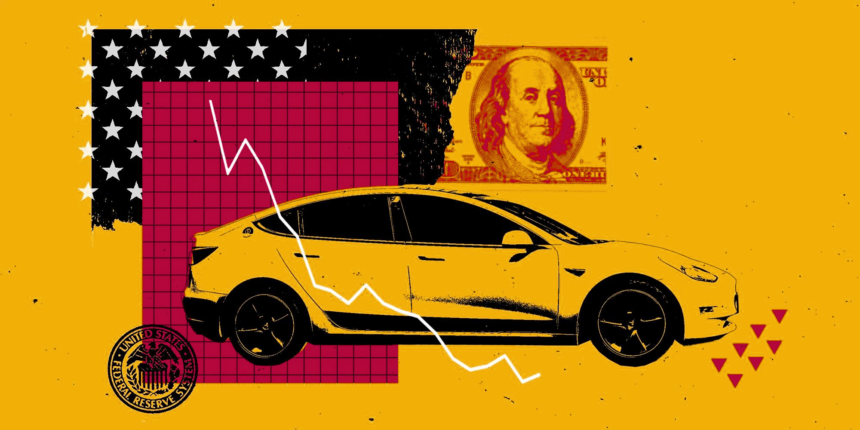The misconception surrounding the transition from gas cars to electric vehicles (EVs) has resulted in significant miscalculations, notably related to the considerable size of the new electric vehicles entering the market.

Over the past few decades, the American auto industry has developed a fixation on large vehicles, driven by factors ranging from profit margins to distorted government fuel standards. This size inflation created a cycle of consumer preference, where drivers, influenced by the growing size of vehicles around them, desired larger cars to enhance their perceived safety. Automakers responded by eliminating smaller models and enlarging existing vehicles, perpetuating a cycle where those with smaller cars felt less secure. Consequently, road deaths and injuries increased, and the environmental benefits gained from higher emissions standards were nullified by the proliferation of larger, less efficient vehicles.
When automakers shifted their focus to EVs, they continued to prioritize popular vehicle types, leading to a surge in large electrified SUVs and trucks. However, the logic behind massive-bodied EVs is questionable. Larger EVs necessitate bigger batteries, leading to increased raw material requirements for manufacturing and a corresponding expansion of environmentally harmful mining operations. While larger batteries extend the driving range between charges, they also make the cars heavier, more hazardous, more expensive, and environmentally detrimental.
The phenomenon of “range anxiety,” resulting from the pursuit of massive batteries, contributes to the ineffectiveness of EVs as gas car replacements. Despite electric cars meeting the daily driving needs of most individuals, they encounter challenges in edge cases like road trips due to the need for frequent recharging. Despite the average US driver travelling only about 40 miles a day in 2023 and approximately 93% of US trips being less than 30 miles in 2022, a survey by Ipsos in the fall of the same year revealed that 73% of respondents expressed concerns about EV range.
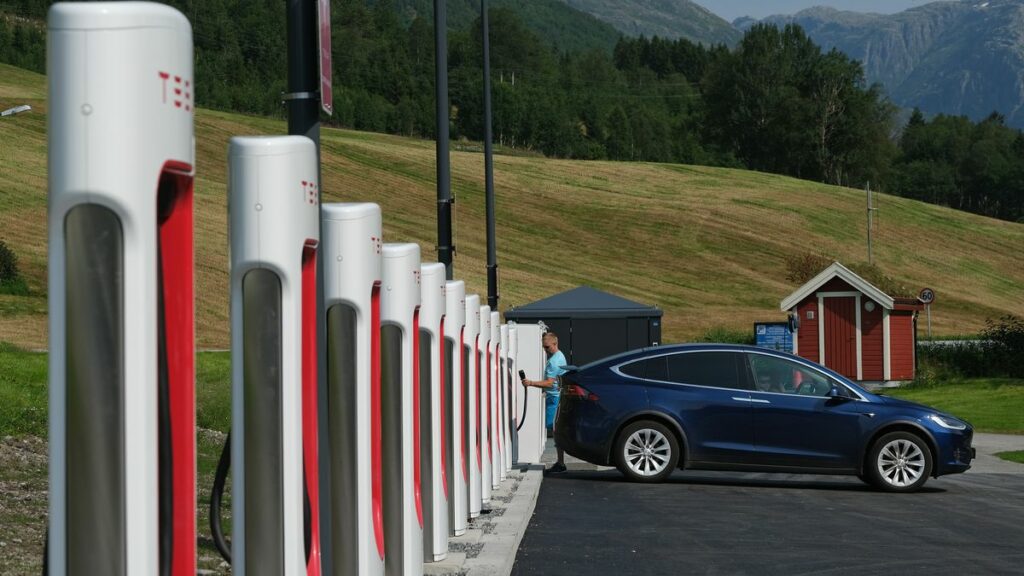
The entire myth at the heart of this whole transition is that the battery car seamlessly fits right into the gas car’s position. It doesn’t, and that’s the problem
Edward Niedermeyer, the author of “Ludicrous: The Unvarnished Story of Tesla Motors”
The emphasis on increasing EV range contributes to their relatively high prices. Unlike gas cars, where higher prices might correspond to additional features, EV prices are often directly linked to increased range. This focus on range, coupled with consumer expectations for substantial range capabilities, has led to the dominance of the market by cars with big batteries and longer ranges, maintaining stubbornly high prices. Despite a reported decrease in the average EV price in September, affordability remains a challenge, with EV prices still 28% higher than gas vehicle prices on average, exacerbating financial constraints for the average consumer.
These factors collectively impose a natural limit on the number of American households willing and able to transition to electric vehicles. The shift has primarily been embraced by high-income households in regions like California, where charging infrastructure is more accessible. Reports indicate that EV buyers have a median household income of $186,000, and while estimates projected 8% to 9% of new-vehicle sales in the United States in 2023 to be electric, surpassing this threshold has proven more challenging than anticipated.
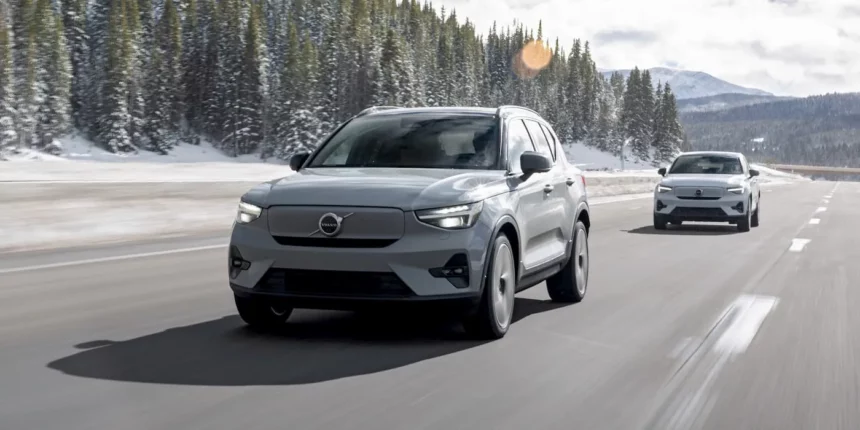
The Norway model
The Norwegian model, often cited as a direct inspiration for the United States electric vehicle (EV) policy, presents a more nuanced reality than a straightforward success story. While Norway introduced compelling EV incentives in the 1990s and strengthened them in the 2010s, including perks like free parking, access to bus lanes, and exemptions from taxes and fees, the narrative of widespread EV dominance on Norwegian roads is not as simple as it seems.
Statistics indicate that, despite a high percentage of new vehicle sales being fully electric (87% in September), the overall share of EVs on Norwegian roads in 2022 was approximately 20%. This challenges the perception of rapid and comprehensive EV adoption. Moreover, Norway faces challenges in meeting its 2030 emissions-reduction targets, as reductions in emissions from passenger vehicles are offset by an increase in emissions from trucks. The propensity for EV buyers, both in Norway and the United States, to be in higher income brackets and use EVs as second cars raises concerns about the broader impact on emissions and transportation patterns.
The unintended consequences of Norway’s approach include a decline in gas tax revenue due to EV adoption, triggering a contentious debate about increasing road tolls. Additionally, the use of heavier electric vehicles has implications for road wear, increased air pollution, and heightened safety risks for pedestrians.
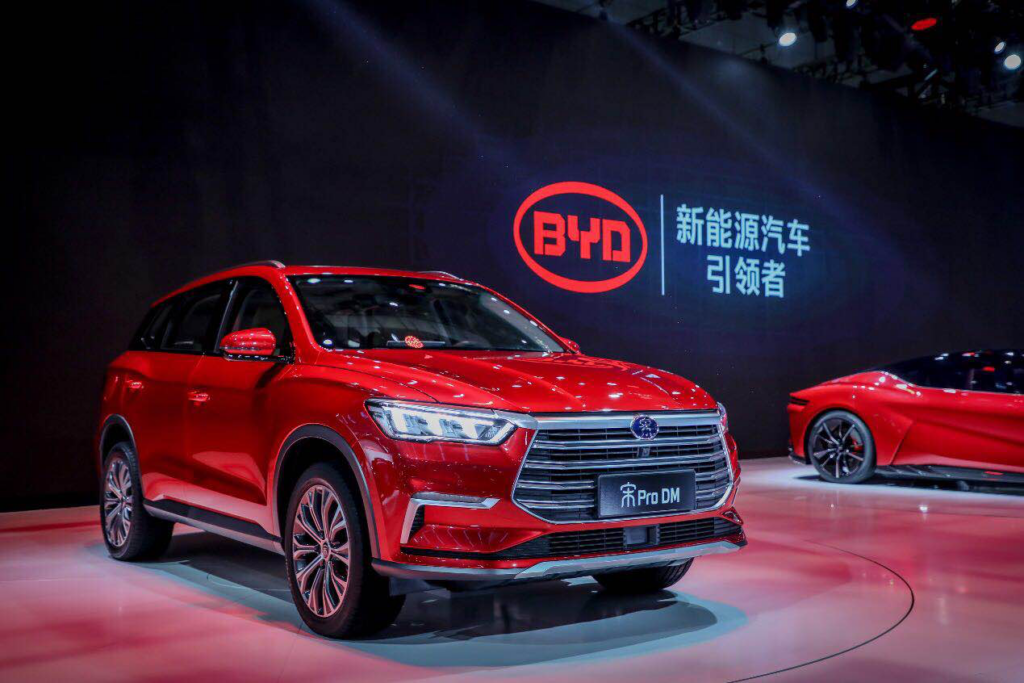
Norway shows that if US policymakers stick with the current model of EV transition, it’s going to be a difficult road
While Norway has made notable progress in encouraging EV adoption, it is not a one-size-fits-all solution, especially for countries like the United States that are in the early stages of their EV transition. The Norwegian experience underscores the slow pace of transition guided by the rate at which people purchase new cars. It serves as a cautionary tale for U.S. policymakers, suggesting that sticking with the current model of EV transition may pose challenges, requiring a considerable amount of time to phase out internal-combustion-engine vehicles and witness a substantial decline in transport emissions. Addressing issues such as increased road maintenance and pedestrian safety will also be critical. In essence, narrow success in one area may not necessarily be a blueprint for emulation.
Time to rethink
It is time for a fundamental reassessment of the transition from gas-powered cars to electric vehicles (EVs) in the United States. The current approach by the U.S. government, car manufacturers, and consumers reflects a limited perspective, lacking the necessary ambition for a transformative shift.
Encouraging Americans to completely abandon personal vehicle use presents the most impactful strategy for emissions reduction. However, achieving this would necessitate a profound overhaul of the entire transportation system, a task that cannot be accomplished overnight. Given the historical focus on car infrastructure and a lack of investment in alternative modes of transportation, numerous opportunities for a more sustainable future remain untapped. To truly prioritize sustainability, the government and automakers should incentivize smaller vehicles, and hybrid cars, and invest in public transportation options such as trains and buses.
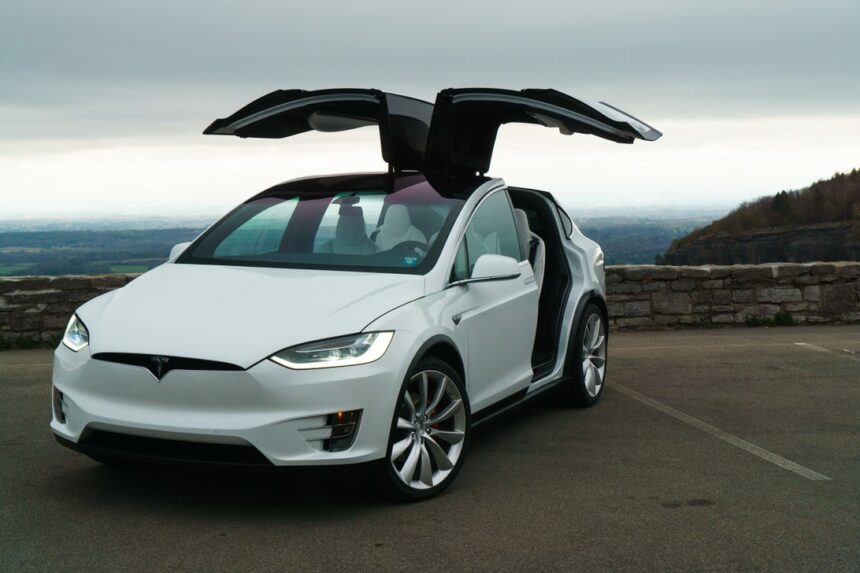
While EVs can play a crucial role in combating the climate crisis, the American EV plan should focus on its strengths: catering to short daily trips with small, affordable cars. Individuals who frequently embark on long journeys can explore the benefits of hybrid cars. Additionally, substantial improvements in public transit and the development of faster intercity trains could significantly contribute to both individual well-being and environmental conservation.
Although promoting an EV-first strategy may seem appealing and industry-friendly in addressing the climate crisis, it may not represent the most effective approach to tackle the substantial challenges at hand.


